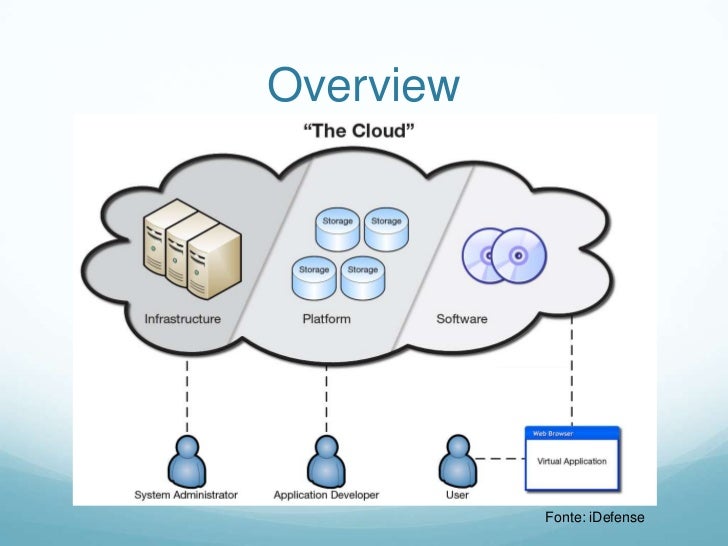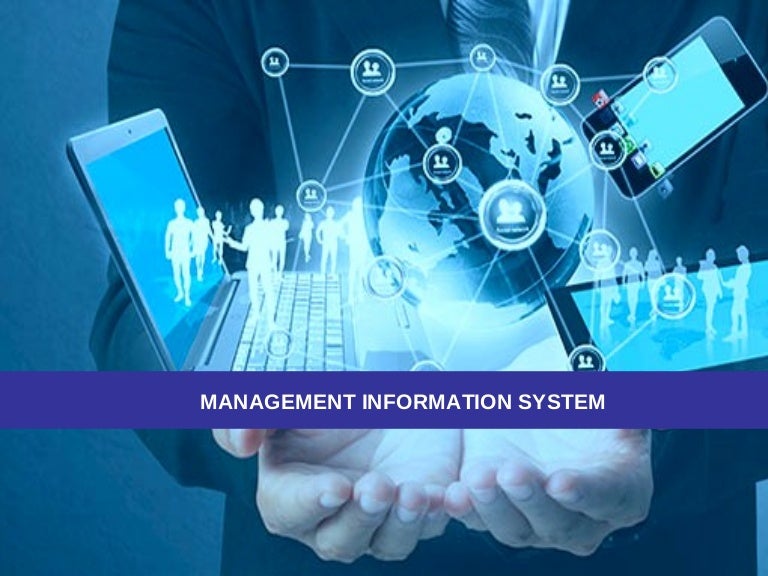Here are 12 potential ways that Google Drive could help you win your favorite reality show:
Collaborate with team members: You can use Google Drive to share documents, spreadsheets, and other files with your team and work on them together in real time.
Organize and plan strategies: You can use Google Drive to create and share documents, such as task lists or schedules, to help you and your team plan and execute strategies.
Store and access important information: You can use Google Drive to store and access important information, such as rules, regulations, and guidelines for the show, as well as any notes or research you've gathered.
Communicate with team members: You can use Google Drive's built-in chat feature to communicate with your team members, ask questions, and share ideas.
Edit and review documents: You can use Google Drive's built-in document editor to make changes to documents, and you can use the commenting feature to review and provide feedback on documents.
Create and share presentations: You can use Google Drive's presentation tool, Google Slides, to create and share presentations with your team.
Store and share media files: You can use Google Drive to store and share media files, such as videos, photos, and audio recordings, with your team.
Practice and rehearse: You can use Google Drive to create and share documents and presentations to practice and rehearse for challenges and competitions.
Share and access files from any device: With Google Drive, you can access and share files from any device with an internet connection, which can be helpful if you need to access files on the go.
Keep track of tasks and deadlines: You can use Google Drive's task management tool, Google Tasks, to create and track tasks and deadlines for yourself and your team.
Backup important files: You can use Google Drive to back up important files and documents, so you won't lose them if something happens to your device.
Stay organized: You can use Google Drive to keep all of your important files and documents organized and easily accessible, which can help you stay focused and on top of things.








